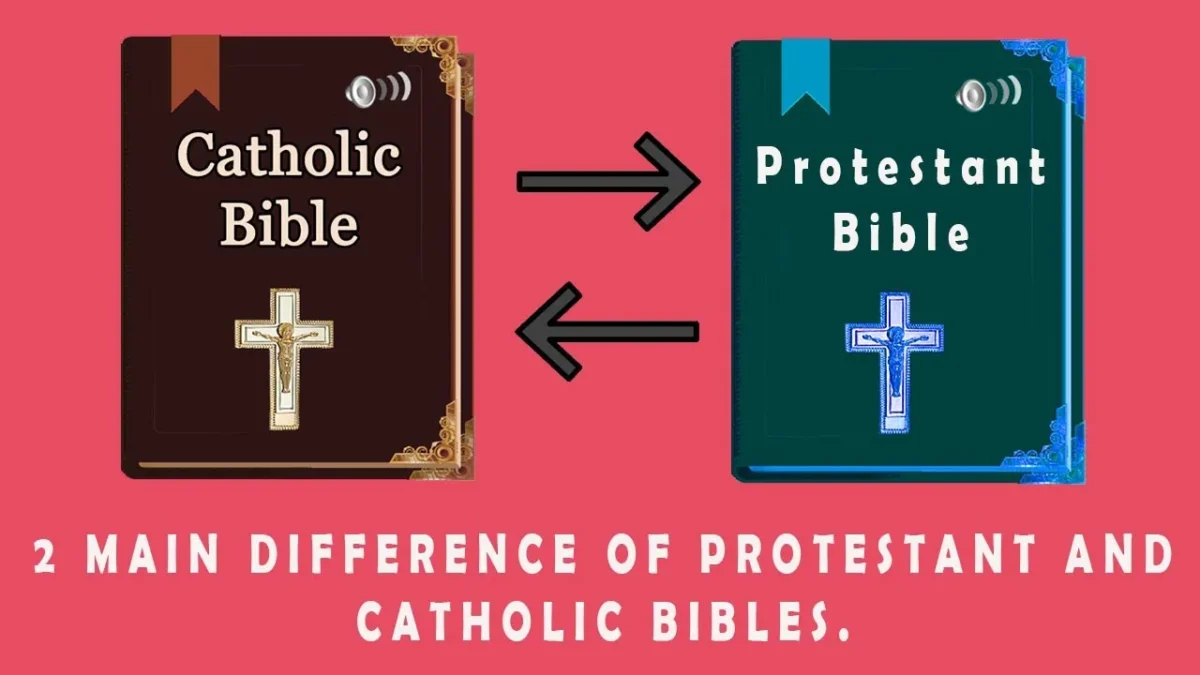When it comes to defining what the Bible says church is, it’s a topic that can stir up quite a bit of conversation. While some folks might see ‘church’ as the grand building on their local street corner, others may view it as something entirely different. The truth is, according to the Bible, the church isn’t about bricks and mortar at all.

In its simplest form, the Bible often refers to the church as a group of believers. It’s not limited by walls or defined by geographical boundaries. Instead, this divine institution centers around people who believe in Jesus Christ’s teachings and strive to live accordingly. The Book of Acts gives us an intimate glimpse into the early Christian community that was considered “the church.”
However, understanding what the Bible says about ‘church’ doesn’t stop there. It goes deeper into exploring how these groups of believers interact with one another and how they serve God together. This communal aspect of worship and service forms an integral part of biblical teachings around what constitutes a ‘church.’ So in essence, it’s more about human hearts than physical structures when we talk about ‘church’ from a Biblical perspective.
Understanding the Biblical Definition of Church

Diving right into it, the Bible refers to the church in two key ways. Firstly, it’s seen as a local community or gathering of believers. Secondly, it’s acknowledged as a universal collection of all who believe in Jesus Christ.
In the New Testament, the Greek word for church is ‘ekklesia’. It’s derived from two words meaning “an assembly” and “to call out” or “called out ones.” This term is used more than 100 times and refers primarily to a group of Christ followers meeting together. So when you think about what it means to be part of a church, remember that at its core, it’s about being part of a vibrant and connected community.
Now let’s look at some examples from scripture:
- Matthew 18:17 – Here, Jesus uses ‘ekklesia’ to indicate a local body of believers.
- Acts 9:31 – The term is used here again by Luke but this time referring to multiple churches in an area.
As we dig deeper though, we also see another aspect – Church as the body of Christ universally (1 Corinthians 12:27). Herein lies the idea that anyone who believes in Jesus across time and space becomes part of this spiritual entity – His Church.
To add some variety to our understanding:
- Ephesians 1:22 – Paul talks about how God placed everything under Christ’s feet and appointed him head over his universal church.
- Colossians 1:18 – Again Paul reiterates that Christ is head over his body – the global church.
So there you have it! The biblical definition paints a rich image depicting both aspects –local gatherings and worldwide faith communion– all under one divine umbrella called ‘Church’.
Old Testament Perspectives on Church
Diving into the Old Testament, there’s a noticeable absence of the word “church”. That’s right, you won’t find it. But don’t let that puzzle you too much! It’s simply because, historically speaking, the concept of ‘church’ as we know it didn’t really exist back then.
The Hebrew people gathered in synagogues and temples for worship. So while they might not have had churches per se, they certainly had places of community worship. You’ll see this clearly if you read about Solomon building the first temple in 1 Kings 6:1-38.
But what was important wasn’t just the physical buildings. It was about their relationship with God and each other. For instance, Deuteronomy 6:4-9 stressed the importance of loving God wholeheartedly and teaching His commandments to their children. This reflects an emphasis on spiritual unity more than physical structures.
Which brings us to another key point – The Old Testament often referred to Israel as a ‘congregation’. Check out Numbers 20:8 where Moses is instructed by God to speak to the ‘congregation’. This term suggests a collective body of believers who are called out from society to serve God — sounding familiar yet? Yep, it’s pretty similar to our modern understanding of church!

Lastly, remember Psalms? They were essentially ancient songbooks used in communal worship settings! Just like how today’s churches use hymnals or project lyrics onto screens during services.
In essence, even though “church” isn’t explicitly mentioned in Old Testament lingo, its core concepts still ring loud and clear! Whether it’s through temples or congregations or Psalms – they all pointed towards a united community seeking after God’s heart together.
New Testament Views on What Constitutes a Church
Peeking into the pages of the New Testament, it’s clear that early Christians had a distinct perspective on what constituted a church. They didn’t perceive it as merely a physical building or an organized institution. Instead, they saw the church as a community of believers, united in their faith and commitment to following Christ.
For instance, in 1 Corinthians 12:27, Paul describes the church saying “Now you are the body of Christ and individually members of it”. This metaphorical comparison between the church and a human body suggests that each believer plays an integral role within the collective whole. Just like different parts of our bodies serve unique roles yet work together to form one functioning unit, so does every member within the Christian community.
Digging deeper into Acts 2:42-47 reveals another key aspect about early Christian churches – their practices. The passage paints a picture of fellowships marked by teaching, fellowshiping (sharing meals), praying together and sharing possessions with those in need. It seems clear that these communal gatherings were more than just weekly meetups; they were shared lives centered around devotion to God’s teachings.
While there’s no markdown table here due to lack of numerical data or statistics, we can still gain valuable insights from these textual examples:
- The church is viewed as ‘the body of Christ’ where each member has an essential role (1 Corinthians 12:27)
- Early Christian churches were characterized by teaching, fellowshiping (including sharing meals), praying together and sharing possessions with those in need (Acts 2:42-47)
« What Does the Bible Say on Violence? A Deep Dive into Biblical Perspectives
What Does the Bible Say on Suffering? A Comforting Perspective for Trying Times »
These passages show us that early believers saw ‘church’ not as something they attended but something they actively participated in. Their understanding was built around people rather than places – relationships rather than rituals.
Therefore when we ask what constitutes a church according to the bible? The answer isn’t necessarily found in towering steeples or stained glass windows. Instead, it’s found in the hearts of those who come together to celebrate their faith, live out God’s teachings and love one another as Christ loved them. That, according to the New Testament, is what truly makes a church.
Interpreting Bible Passages about the Church’s Role in Society
Diving into the biblical text, there’s a wealth of wisdom on how the church should interact with society. The Apostle Paul, for instance, advises Christians in Romans 12:2 to not conform to the pattern of this world but be transformed by renewing their minds. This could suggest that while churches need to exist within their societal context, they’re also called to challenge norms and advocate for justice.
Let’s take a look at some key verses:
- Matthew 5:13 – “You are the salt of the earth.”
- Matthew 5:14 – “You are the light of the world.”
- Jeremiah 29:7 – Seek the welfare of your city…

These passages imply that churches have a responsibility towards society and its well-being. They’re encouraged to play an active role in social issues and contribute positively.
Another crucial aspect is community service. In Galatians 6:10, it’s stated that whenever we have opportunity, we should do good to everyone—especially those in God’s family. This sets up an expectation for churches to extend help wherever possible.
However, interpreting these passages requires understanding their historical and cultural contexts too. For example, when Jesus calls his followers “the salt of the earth”, he was speaking during a time when salt had great value—it preserved food and added flavor—so Christian influence is seen as valuable and preserving societal morals.
It’s important not just reading these verses but praying over them and consulting with fellow believers or trusted theologians for insight. As Hebrews 4:12 says about Scripture itself—it’s alive and powerful! So let each person interpret responsibly, seeking both truth and love as they understand more about what it means for churches to engage with society today.
Conclusion: Summarizing Biblical Ideas About the Church
Wrapping things up, they’ve delved deep into what the Bible says about the church. It’s clear that in the biblical context, ‘church’ is not a building or an institution, but rather it’s a community of believers united in Christ.

This unique fellowship is described using various metaphors throughout scripture:
- The Body of Christ, where each member has a specific role (1 Corinthians 12:27)
- God’s Family, indicating closeness and shared heritage (Ephesians 2:19)
- A Holy Temple, built on the foundation of apostles and prophets with Jesus as the cornerstone (Ephesians 2:20)
These images paint a vibrant picture of an interconnected group working together for a common purpose. They’re all parts of something bigger than themselves.
They’ve also seen how central love is to this concept of church. As followers of Christ, they’re called to love one another just as He loved them (John 13:34). This isn’t mere affection—it’s sacrificial love that looks out for others before oneself.
Lastly, let’s not forget their mission as a church—spreading God’s word and making disciples. The Great Commission (Matthew 28:19–20) doesn’t leave room for ambiguity here. Every believer shares this responsibility.
So there you have it! The Bible presents church as more than Sunday gatherings or theological debates—it’s about love-filled relationships reflecting Jesus’ teachings and selflessly serving humanity in His name.
















